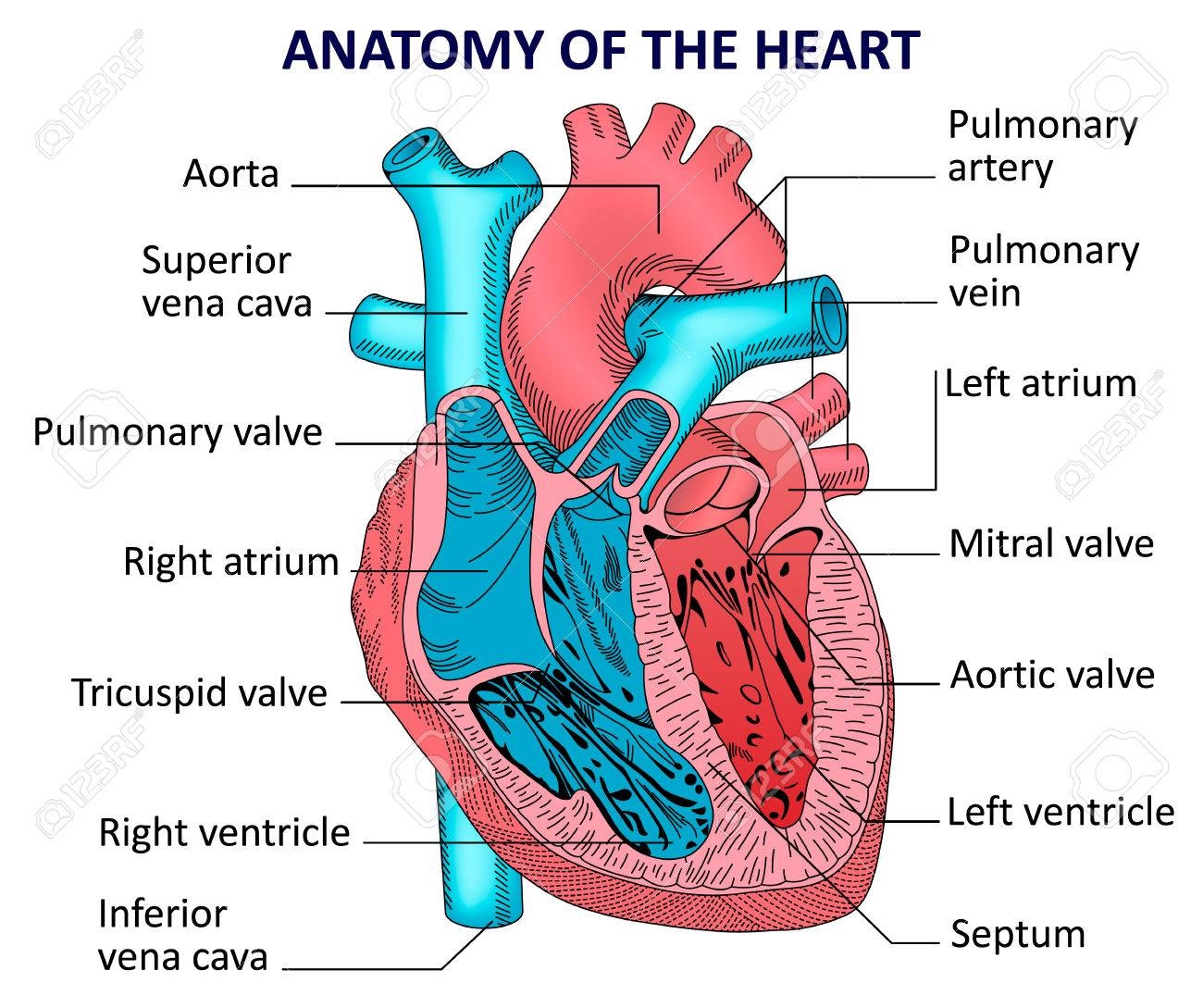
HEART DISEASE
In the United States, 1 in every 4 deaths in is the result of a heart disease. That’s about 610,000 people who die from the condition each year.
Heart disease doesn’t discriminate. It’s the leading cause of death for several populations, including Caucasians, Hispanics, and African-Americans. Almost half of Americans are at risk for heart disease, and the numbers are rising. Learn more about the increase in heart disease rates.
Coronary heart disease is caused by the buildup of plaque, a waxy substance, inside the coronary arteries. This buildup can partially or totally block blood flow in the large arteries of the heart. Some types of this condition may be caused by disease or injury affecting how the arteries work in the heart. Coronary microvascular disease is another type of ischemic heart disease. It occurs when the heart’s tiny arteries do not function normally.
State-Level Variation in Age-Adjusted IHD and Stroke Mortality Rate and DALYs per 100,000 People in India Between 1990 and 2016
State-level variation in age-adjusted ischemic heart disease (A) and stroke (B) mortality rate per 100,000 in India (2016) and state-level change in age-adjusted ischemic heart disease (C) and stroke (D) disability-adjusted life years per 100,000 in India between 1990 and 2016. India had substantial variation in the burden of ischemic heart disease mortality and stroke in 2016. All states experienced an increase in the age-adjusted burden of ischemic heart disease (IHD) measured by disability-adjusted life years (DALYs) per 100,000 persons between 1990 and 2016, whereas changes in the burden of stroke were variable.
Both the United States and India have implemented systematic and recurring population-based health examination surveys. In India, the India Annual Health Survey, India District Level Household Survey, India Longitudinal Aging Study, India Clinical Anthropometric and Biochemical Survey, and the India Noncommunicable Disease Risk Factors Survey all provide high-quality population-based surveillance for CV risk factors in a subset of states. In India, surveillance is fragmented, and the health management information system at the national level is rudimentary and only recently has received much-needed attention. Ongoing cohort studies provide additional information on risk factors, treatment, and case fatalities but are largely located in the United States.
